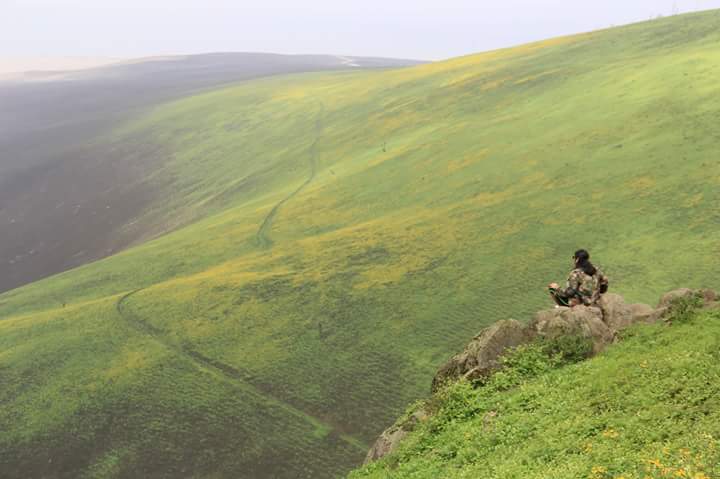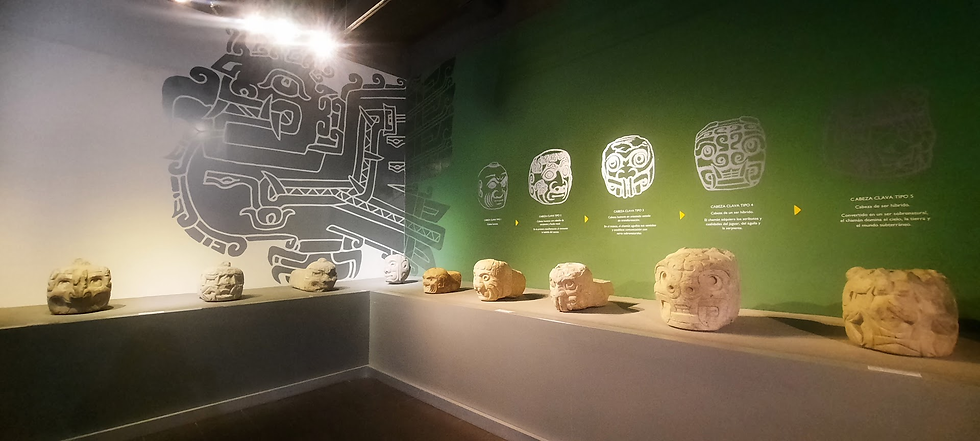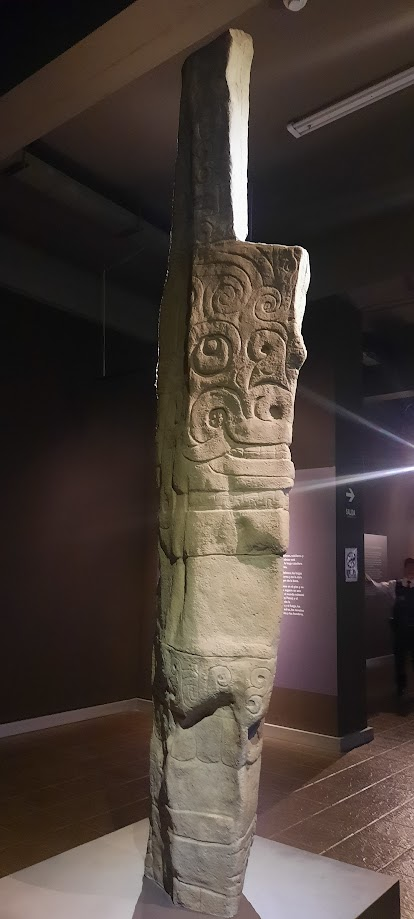A window to the Chavín culture and its nailed heads
- hpvalero

- Dec 4, 2024
- 2 min read

The Chavín National Museum in Ancash is an essential stop for any lover of history and archaeology. This museum houses valuable pieces from the Chavín culture, one of the oldest and most enigmatic in Peru, which flourished around 1200 BC. Visitors can find exceptional artifacts, including the famous Cabezas Clavas, icons of the architecture and worldview of this pre-Incan civilization. Below, I tell you everything you need to know to visit this fascinating place.
This museum was opened in 2008 to house and preserve the archaeological objects from the Chavín de Huántar site, declared a World Heritage Site by UNESCO in 1985. It not only exhibits ritual objects, sculptures and ceramic pieces, but also offers an educational tour that allows us to understand the life, beliefs and technology of the Chavín, one of the mother cultures of the Andes.
What will you find in the Museum?
Cabezas Clavas: stone sculptures in the shape of human and animal heads that once decorated the walls of the Chavín de Huántar temple. These carved heads represent anthropomorphic and mythical beings, and each one displays a unique expression. According to experts, these sculptures had a ceremonial and symbolic role, representing deities or protective spirits.

The Monolithic Lanzón (Replicas and Representations): The Lanzón is one of the most important pieces of Chavín iconography. It is a 4.5-meter-high monolith that represents a half-man, half-jaguar deity. Although the original is in the Chavín de Huántar temple, the museum houses reproductions and detailed studies that allow visitors to understand its meaning and importance in the Chavín religion.
Pottery and ritual artifacts: Chavín pottery is unique for its zoomorphic designs and motifs. In the museum you can see vessels, jars and other ritual objects decorated with animal figures, mainly jaguars, condors and snakes, symbols of power in this culture.
Hydraulic Technology: The Chavín culture developed an advanced hydraulic system at their temple, with canals and drains that archaeologists believe served to drain water and possibly produce ceremonial sounds with the flow of water. The museum displays models and representations of this system, a true technological achievement of its time.
How to get to the Chavín de Huántar Museum?
To visit the Chavín National Museum, you can depart from Huaraz, the capital of Ancash. From Huaraz, there are several bus services and private transport that reach Chavín de Huántar in a trip of approximately 3 to 4 hours. The drive is an experience in itself, with spectacular views of the Cordillera Blanca and the Mosna River.
Opening hours and entrance fees
The Chavín National Museum is open from Tuesday to Sunday, from 9:00 a.m. to 5:00 p.m. It is closed on Mondays for maintenance and conservation of the pieces.
Ticket Price:
Adults: S/ 15.00
Students and Children: S/ 5.00







Comments